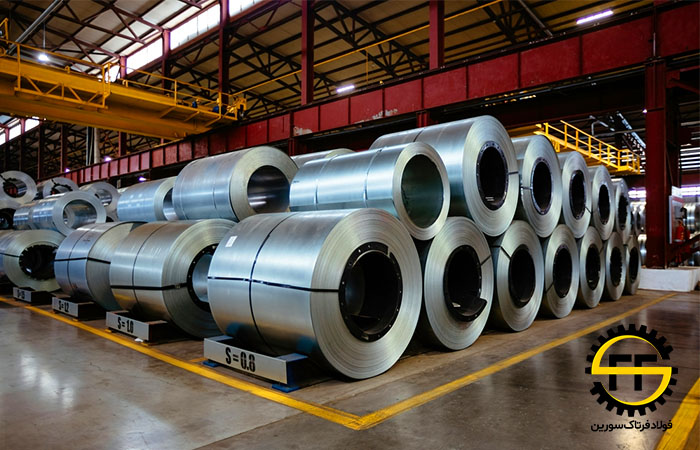Understanding Steel Plate Dimensions and Tolerances
작성일 25-03-13 08:07
페이지 정보
작성자Liam Osullivan 조회 2회 댓글 0건본문
When working with steel plates, understanding the proper dimensions and tolerances is essential to ensure correct measurements, fitments, and general quality of the final product. In this text, we are going to delve into the world of steel plate dimensions and tolerances, explaining the differing types, measurement requirements, and factors that affect tolerance ranges.
Steel Plate Dimensions
Steel plates come in varied thicknesses, widths, and lengths, relying on the applying and business necessities. A few of the most typical dimensions of steel plates include:
- Flat Plates: These are the most typical type of steel plate and are available in rectangular shapes with a flat surface. Thicknesses vary from 1/4 inch to 8 inches or more, while widths and lengths can range considerably.
- Square Plates: Also known as square steel plates, these are thick plates in varied sizes, often used for development, repairs, انواع لوله فلزی or heavy equipment.
- Round Plates: These are round-formed steel plates, commonly used for making pipes, tubes, or as a base materials for manufacturing different structural elements.
Measurement Standards
Measurement standards for steel plates range across the globe, however a number of the most generally accepted requirements embody:
- Worldwide Organization for Standardization (ISO): This organization units the standards for measuring steel plates by way of thickness, width, and length. ISO standards are broadly adopted across the world.
- American Society for Testing and Supplies (ASTM): This group has established requirements for measuring steel plates within the US, that are often fairly just like ISO standards.
- British Standards Establishment (BSI): This group units standards for measuring steel plates in the UK, which are also quite similar to ISO requirements.
Tolerances
Tolerances discuss with the acceptable deviations from the nominal dimensions of steel plates. Tolerances can fluctuate relying on the type of steel, processing strategies, and material thickness. Common tolerance ranges for steel plates include:
- Plus-Minus Tolerance: This refers to the quantity of variation allowed above or below the nominal dimensions of the steel plate.
- Material Grade Tolerance: Some steel grades, similar to high-strength steel or corrosive-resistant steel, might have stricter tolerance ranges on account of their specialised necessities.
- Manufacturing Process Tolerance: The manufacturing process may affect tolerance ranges, with some strategies permitting tighter tolerances than others.
Factors Influencing Tolerance Levels
A number of factors can affect the tolerance levels of steel plates, together with:
- Steel Grade: Totally different steel grades have varying calls for in terms of precision, and tolerance ranges may be adjusted accordingly.
- Material Thickness: Thicker steel plates are inclined to have looser tolerance levels, while thinner plates may have tighter tolerances.
- Production Process: Laser slicing, CNC machining, or conventional milling processes might have varying results on tolerance ranges.
- Equipment Capabilities: The kind and accuracy of measuring tools used may also influence tolerance levels.
Conclusion
Understanding steel plate dimensions and tolerances is important for accurate measurement and fitment in numerous industries, together with building, manufacturing, and restore. By figuring out the measurement requirements, tolerance ranges, and factors influencing tolerance, engineers and technicians can design and manufacture high-high quality products that meet the required specs and efficiency requirements. At all times seek the advice of the related documentation and standards to ensure that your steel plates meet the required specifications and tolerance levels.
댓글목록
등록된 댓글이 없습니다.